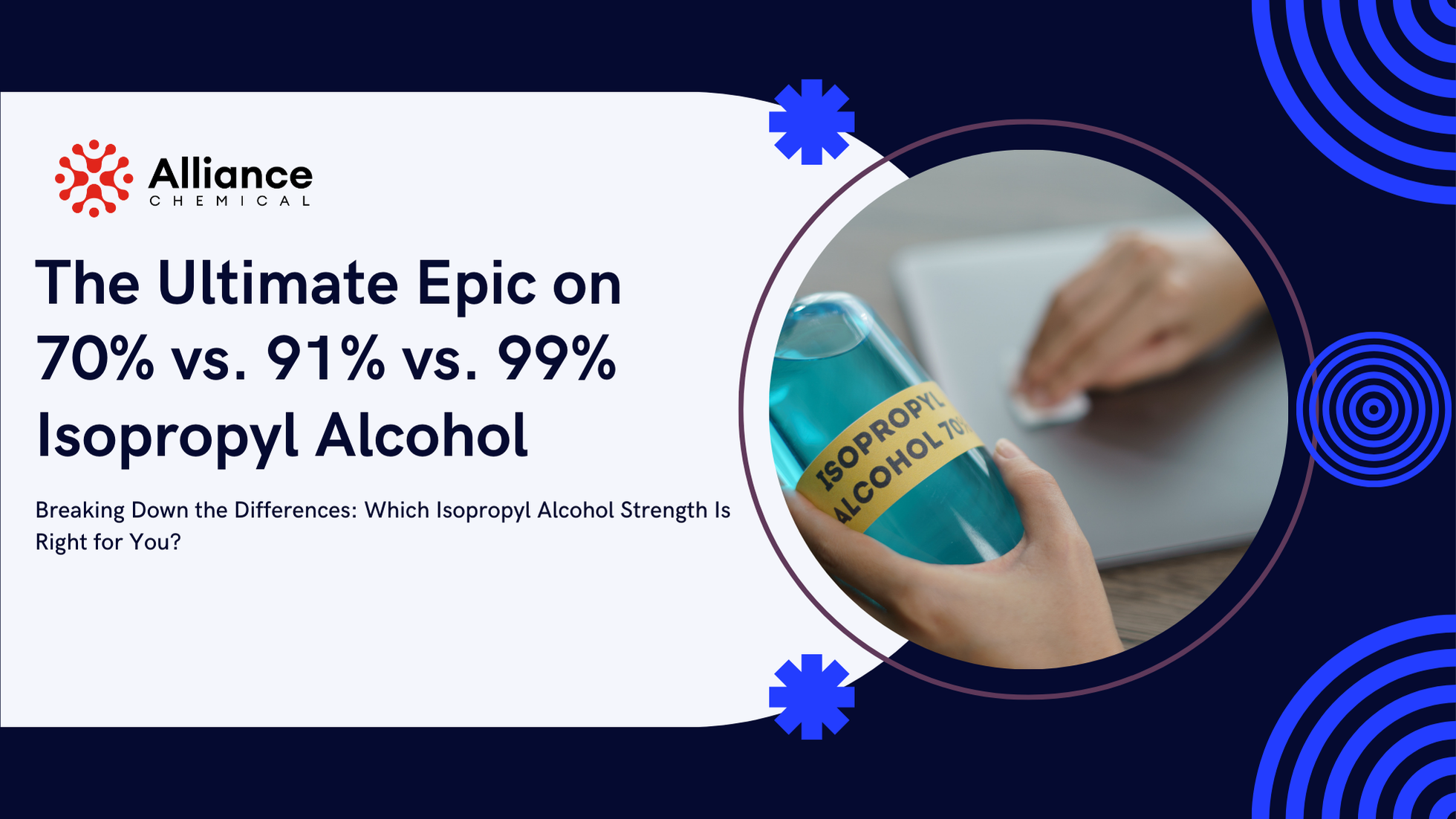
Beyond the Basics: Using MEK as a LEGO Glue for Permanent Structures
Table of Contents
1. Introduction
Welcome to an extraordinary journey into advanced LEGO construction, where imagination meets permanence. While the charm of LEGO lies in its transient nature—easily assembled and disassembled—there comes a moment when the desire for something more enduring arises. This is where Methyl Ethyl Ketone (MEK), a powerful solvent, becomes a revolutionary 'LEGO glue' for creating lasting masterpieces.
This comprehensive guide delves into using MEK in LEGO construction. Ideal for serious hobbyists, professional model builders, and artists seeking to immortalize their creations, MEK offers a bond that transcends the temporary. We will explore MEK's chemistry, application techniques, and the transformative potential it holds for your projects. Prepare to unlock a new dimension of LEGO building where your creations become enduring legacies.
Let's redefine the boundaries of LEGO building together, turning fleeting ideas into tangible, timeless works of art.
2. What is MEK?
Methyl Ethyl Ketone (MEK) is a versatile organic compound with widespread industrial applications. With its clear, colorless appearance and sharp, sweet odor, MEK is more than just a solvent; it's a powerful agent capable of transforming ordinary plastics into cohesive, durable structures.
MEK's interaction with plastics like Acrylonitrile Butadiene Styrene (ABS)—the primary material used in LEGO bricks—makes it uniquely suited for permanent LEGO construction. When applied, MEK gently dissolves the surface of ABS bricks, allowing them to fuse seamlessly as it evaporates. The result is a bond that mirrors the strength and durability of the original plastic.
The science behind MEK's effectiveness lies in its ability to penetrate and soften plastic polymers without degrading them. This property allows for precision bonding, essential for intricate LEGO models where stability and aesthetic integrity are paramount.
Understanding MEK's properties and potential is the first step toward elevating your LEGO creations from temporary constructs to permanent masterpieces.
3. Advantages of Using MEK as a LEGO Glue
Choosing MEK as your LEGO adhesive brings several significant advantages that elevate your building experience:
Durable and Long-lasting Bond
MEK creates incredibly strong bonds by fusing LEGO bricks at the molecular level. This results in structures that are robust and capable of withstanding handling and environmental factors.
Precision and Control
MEK allows for precise application, ensuring that only the desired areas are bonded. This precision is crucial for complex models where accuracy is essential.
Seamless Aesthetic
The bonds formed with MEK are virtually invisible, maintaining the clean lines and visual appeal of your LEGO creations.
Fast-Acting
MEK evaporates quickly, allowing you to continue building without long drying times. This efficiency is beneficial for large or time-sensitive projects.
Versatility
MEK is effective on various plastic materials, adding utility for those working with diverse components in their models.
4. Safety Tips for Using MEK
Handling MEK requires strict adherence to safety protocols:
- Use Protective Gear: Always wear gloves and safety goggles to prevent skin and eye contact.
- Ensure Proper Ventilation: Work in a well-ventilated area to avoid inhaling fumes.
- Store Safely: Keep MEK in a cool, dry place away from heat sources and out of reach of children.
- Avoid Incompatible Materials: Do not mix MEK with strong bases, oxidizers, or flammable substances.
- First Aid Measures: In case of contact, rinse the affected area with water for at least 15 minutes and seek medical attention.
- Dispose Properly: Follow local regulations for disposing of MEK and contaminated materials.
5. Step-by-Step Guide to Using MEK on LEGO
Follow these steps to bond your LEGO bricks permanently with MEK:
Step 1: Gather Your Supplies
- MEK from Alliance Chemical
- Protective gloves and safety goggles
- Fine-tipped applicator or brush
- Clean, dry LEGO bricks
- Well-ventilated workspace
Step 2: Prepare Your Workspace
Ensure the area is clean and free of flammable materials. Good ventilation is essential.
Step 3: Clean the LEGO Bricks
Remove any dust or grease from the bricks using a mild detergent and let them dry completely.
Step 4: Apply MEK
Using the applicator, apply a small amount of MEK to the surfaces you wish to bond.
Step 5: Press Together
Immediately press the bricks together firmly for about 30 seconds.
Step 6: Allow to Cure
Let the bonded pieces cure for at least 24 hours in a ventilated area.
Step 7: Inspect the Bond
Check for any weak spots and reinforce if necessary.
6. Creative Ideas for Permanent LEGO Structures
With MEK, you can create:
Custom Display Models
Build intricate models of landmarks or custom designs that remain intact over time.
Functional Art Pieces
Create furniture or decorative items that are both functional and artistic.
Educational Tools
Develop models for teaching complex concepts in classrooms or training centers.
7. Pros and Cons of Permanent LEGO Construction
Pros
- Durability: Long-lasting structures resistant to wear.
- Professional Finish: Seamless bonds improve aesthetic appeal.
- Stability: Enhanced structural integrity.
Cons
- Irreversible: Bonds cannot be undone without damage.
- Safety Risks: Requires careful handling of MEK.
- Cost: Additional expense for MEK and safety gear.
8. Ordering MEK from Alliance Chemical
Ready to elevate your LEGO creations? Order high-quality MEK from Alliance Chemical:
Product Selection
Choose from our MEK offerings:
Easy Ordering Process
- Visit Our Website: Go to our Ketones Collection.
- Select Your Product: Choose the MEK product that suits your needs.
- Add to Cart: Click and add it to your cart.
- Checkout Securely: Proceed to checkout and complete your purchase.
Customer Support
For assistance, contact us through our Contact Page.
9. Conclusion
MEK is a game-changer in permanent LEGO construction, offering a reliable solution for creating lasting masterpieces. Its unique properties make it indispensable for builders seeking to preserve their intricate models.
Alliance Chemical is committed to providing high-quality MEK products that meet industry standards. Our dedication to quality, safety, and customer satisfaction ensures exceptional results for your projects.
As the LEGO community evolves, embracing advanced adhesives like MEK is essential for achieving optimal construction and preservation. Whether you're a professional or a hobbyist, utilizing MEK effectively can significantly enhance your building experience.
Explore our product catalog or contact us for expert guidance today!
Ready to elevate your LEGO creations? Explore our product catalog or contact us for expert guidance and support today!









